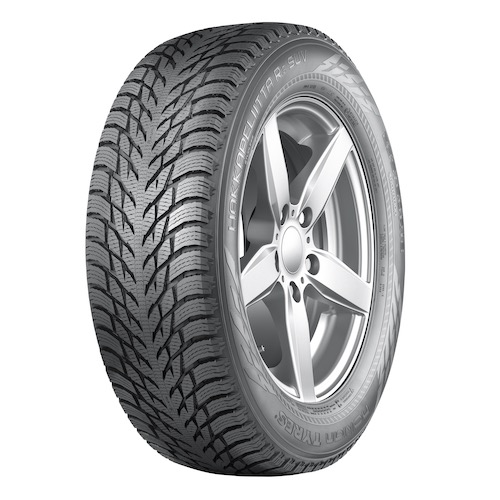If you live in an area with long and severe winters, you are always better off having winter tyres on your vehicle than just using winter approved all-weather tyres. This is because you get better performance and safety out of these tyres. They are optimized for severe conditions and you can also choose between studded or non-studded tyres, to achieve the best grip and safety profile. Some countries have though banned the studded versions, while some only limit the time period of when you can use them. This means that you have to wait until that date prior to the winter season before you can mount them, and they have to be removed before a certain date at the end of the winter once we have already reached spring.
Before the first snow arrives, which is easier to track by making the change as the temperature starts approaching negative territory, as winter tyres outperform summer tyres at low temperatures. For non-studded tyres you don’t have any date restrictions and you can mount them during mid-autumn, when you are approaching winter. For studded you have to wait until the date of the restrictions has passed, unless the winter weather has already arrived. Once you have the winter tyres on your vehicle you are ready for any winter weather. The studded tyres have better grip on ice and hard packed snow, while on snow they are equally good. Ensure that you purchase premium tyres, so that you get tyres that have the best ability to create grip, control and short braking distance.
The non-studded tyres rely on its tread pattern design and its ability to incorporate grip particles and features that can grip ice without using metal studs. The need for premium tyres become very evident here. The innovations have made the non-studded almost equally good on ice as the studded tyres. Both these options are better than all-weather tyres as they have been optimized for only the winter season, so both the tyre compound and the tread pattern is aimed to create grip during winter conditions.
If you live in an area with unpredictable weather during the winter, you might be better off equipping your car with all-weather tyres. The reason for this is that all-weather tyres are made to handle anything from dry asphalt to snow and ice on the road. In many countries in Europe winters can come without much warning, which can be quite dangerous if the cars are not equipped with proper tyres. In areas like this you would be better off with all-weather tyres that are approved for winter use. Winter approved all-weather tyres have passed performance tests on snow and ice and are much better than tyres that are not approved for winter, but they are not as good as the dedicated tyres as the all-weather tyres have to perform in such wide range of climates and conditions. Since you are not alternating between tyres, you have to make sure that the tyres are checked regularly, preferably by a tyre shop, that can also rotate the tyres to even out differences in wear.
For more information on which all-weather tyres to choose, visit https://www.nokiantyres.com/
